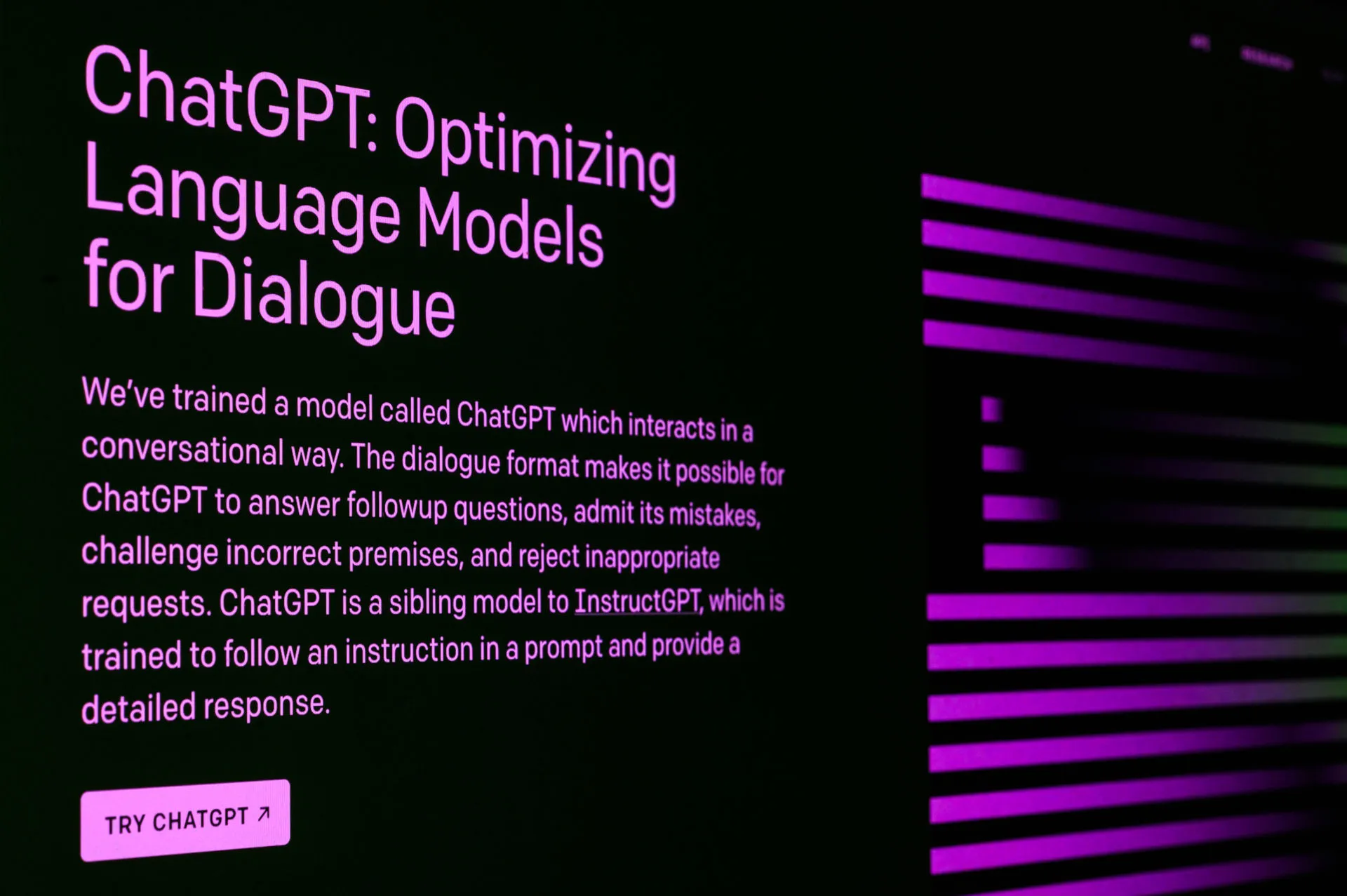How to Use the ChatGPT Package in R? A Complete Guide
Are you eager to inject some artificial intelligence into your R workflow? Look no further! Using the ChatGPT package in R opens a new world of possibilities. Whether you’re analyzing data, building reports, or seeking programming assistance, integrating ChatGPT can dramatically enhance your productivity. This article will guide you step-by-step on how to harness this powerful tool in your R projects.
Why ChatGPT in R?
Before we dive into the nitty-gritty, let’s pause for a moment and reflect on why you even want to use ChatGPT in R. With the advent of generative AI, tools like ChatGPT can handle a variety of tasks that would otherwise require extensive coding knowledge. Want to create simulated data based on past trends? ChatGPT’s got you covered. Need to troubleshoot common errors quickly? ChatGPT can provide insights right from your R console. It feels almost like having your very own programming buddy, always ready to lend a hand!
Step 1: Get ChatGPT API
To get started, you’ll need access to the ChatGPT API, which is crucial as it’s your bridge between R and the ChatGPT model. You can access this from the OpenAI website. After signing up and creating your account, you’ll be able to find your API key.
Here’s the important part—
Once you have acquired your API key, you can now transport this valuable piece of code into your R environment. Grabbing that API key is as crucial as finding the golden ticket in Willy Wonka’s factory!
Step 2: Loading Required Libraries
With your API key in hand, we move on to getting our R setup ready. You need to install and load the requisite libraries. For interfacing with APIs, the httr and jsonlite libraries are indispensable, while tidyverse is a must for data manipulation.
Here’s how you can load these libraries:
install.packages(« httr ») install.packages(« jsonlite ») install.packages(« tidyverse ») library(httr) library(jsonlite) library(tidyverse)
Loading these libraries will give you the foundation you need to interact with the API effectively. Consider them your trusty toolbox as you delve deeper into ChatGPT’s features.
Step 3: Running ChatGPT
Now that your tools are ready and your ingredients are set, it’s time for the main dish: running ChatGPT! You’ll need to craft a function that’s capable of sending a request to the API and fetching responses.
Here’s an example function you could use:
chatGPT_function <- function(prompt) { api_key <- « YOUR_API_KEY » response <- POST( url = « https://api.openai.com/v1/chat/completions », add_headers(Authorization = paste(« Bearer », api_key)), body = list(model = « gpt-3.5-turbo », messages = list(list(role = « user », content = prompt))), encode = « json » ) results <- content(response, as = « text ») return(fromJSON(results)$choices[[1]]$message$content) }
In this function, we are sending user prompts to the ChatGPT API, fetching responses, and returning them to you in a friendly format. Swap out « YOUR_API_KEY » with the real deal, and you’re off to a roaring start!
Step 4: Putting Everything Together and Creating a Single Function
At this point, you’ve separated your ingredients and even cooked a few courses. Now it’s time to focus on refining your dish by encapsulating all those behaviors into a single, productive function. Why? It simplifies your workflow and keeps your code tidy. If you’re anything like me, a cluttered workspace distracts from the magic happening in your code.
Here’s how you can integrate and enhance the previous code:
integrated_chatGPT <- function(prompt) { result <- chatGPT_function(prompt) return(result) }
This integrated function makes it super easy to run ChatGPT simply by calling integrated_chatGPT(« Your prompt here ») from anywhere in your R project!
Step 5: Testing the Single Function
Now that you have your single function up and running, it’s time for a test ride. A great test prompt that can offer you insights into a popular debate is: « What are the differences between R and Python? »
response <- integrated_chatGPT(« What are the differences between R and Python? ») print(response)
If everything runs smoothly, you’re in for some enlightening answers from ChatGPT regarding these two programming titans. But fear not if you hit a bump on the way; debugging is just another part of the coding journey!
Step 6: Asking ChatGPT How to Create Simulated Data
Now, let’s shift gears slightly and explore another domain—creating simulated data! As a data scientist, you often need to generate synthetic datasets to work with, especially when real data isn’t available. Let’s put your integrated function to the test and let ChatGPT handle the heavy lifting!
data_simulation_prompt <- « Can you provide R code to generate a simulated dataset with 100 observations and 3 variables: age, income, and expenditure? » simulation_result <- integrated_chatGPT(data_simulation_prompt) print(simulation_result)
Here, you’re asking ChatGPT to generate R code that fits your needs. Depending on your prompt, the response may vary, giving you the flexibility to customize your data simulation as needed. Who doesn’t want a data generation expert at their fingertips?
Final Thoughts
Congratulations! You’ve mastered the deployment of the ChatGPT package in R. Commencing with acquiring your API key, weaving your libraries, crafting functions, and testing it out, you’ve gone from being a novice to a savvy data manipulator. Integrating ChatGPT into R is not only a smart move for enhancing your coding experience but also a significant productivity booster.
As you continue your adventure with ChatGPT, remember: the only limitation now is your creativity! Utilizing AI in programming is akin to having a light bulb moment at your desk—the ideas come alive, and your coding projects can transform before your eyes!
So, what are you waiting for? Dive into the endless possibilities with ChatGPT and let it guide you in your R programming escapades! Happy coding!
